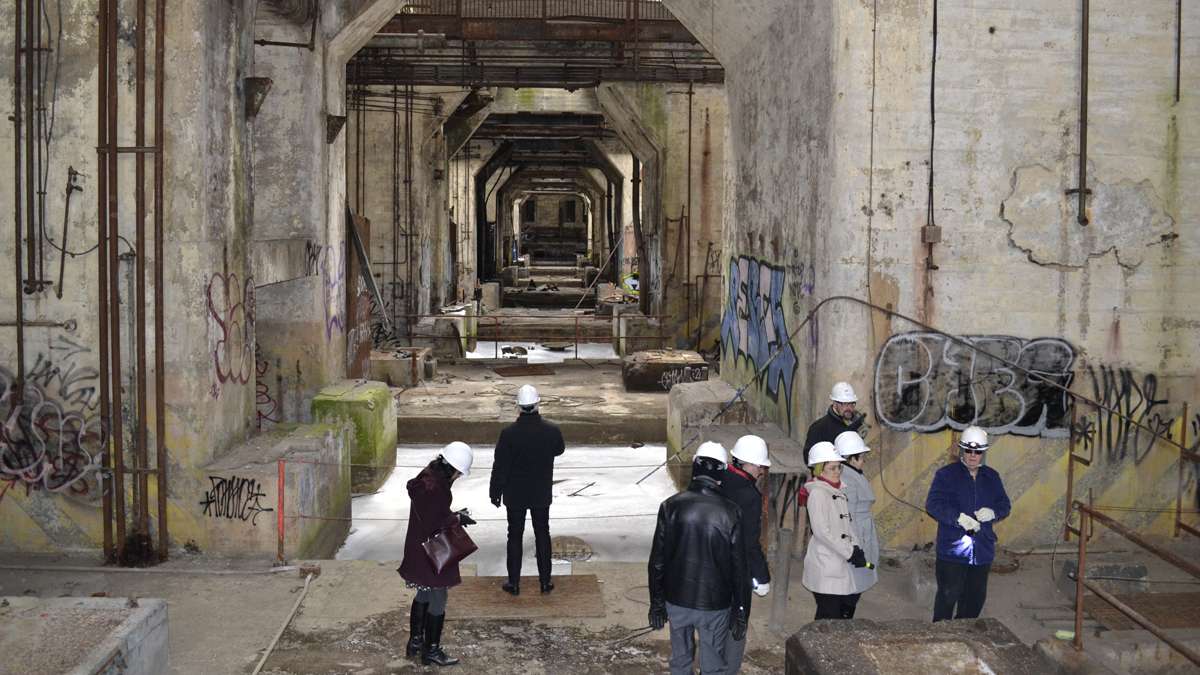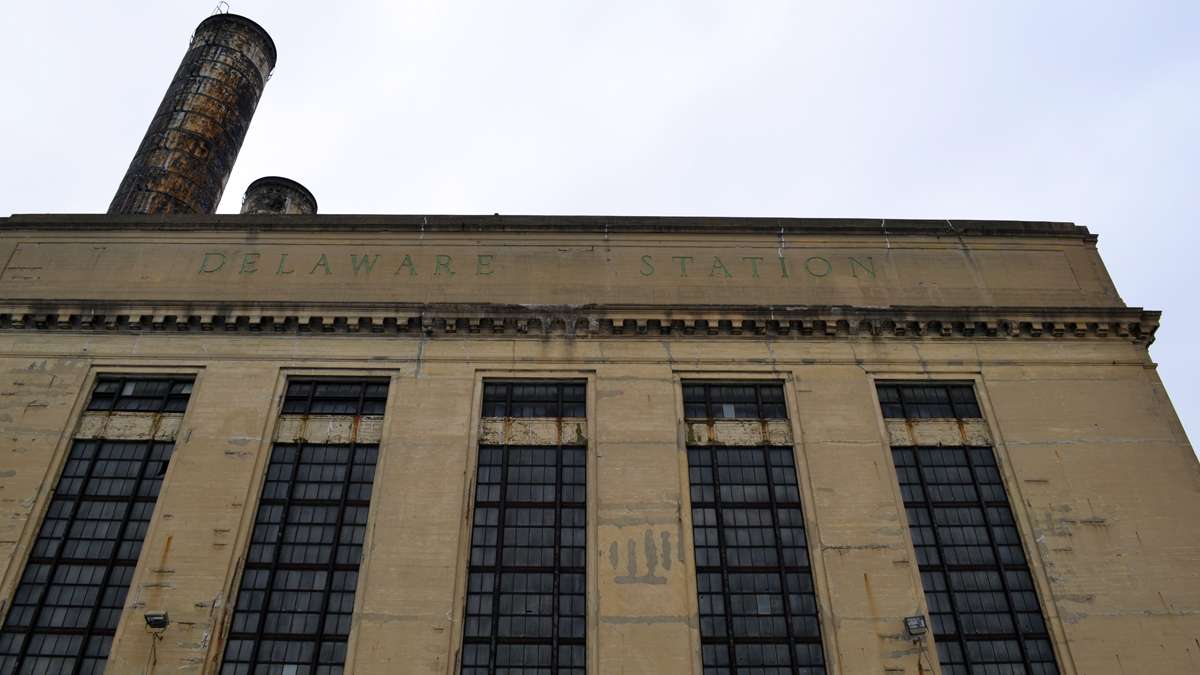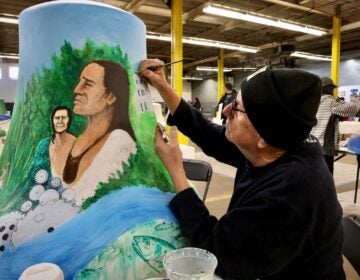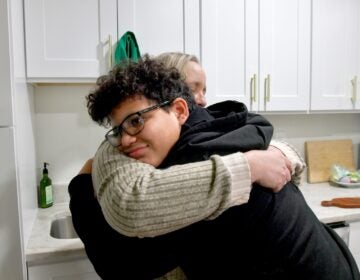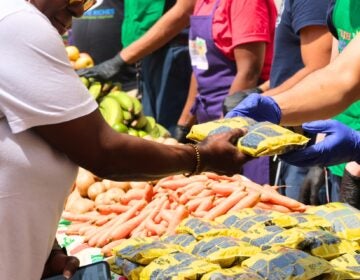Living is in the journey, not in the fastest route
“Avoid the danger of the single path.” That’s what grabbed my ear in a recent TED talk by scientist and engineer Daniele Quercia as he described the surprise he found and the delight he found in taking few extra minutes on his commute. The journey to work was no longer driven by efficiency; it became part of who he was.
Tell us about your path to work. At what moments is it about efficiency, beauty, nature, people, neighborhoods, memories? Send photos, videos or Vines to me at humanatwork@whyy.org.
—
“Avoid the danger of the single path.”
That’s what grabbed my ear in a recent TED talk by scientist and engineer Daniele Quercia, who currently works with social media for Yahoo Labs in Barçelona. Quercia had had a lightbulb moment one day on his then-regular bike ride from Boston to Cambridge when, instead of the usual busy thoroughfare, he turned down a side street and ended up taking a different, slightly less efficient route. He says he’s never been the same since.
He describes the surprise he found and the delight at how taking a few extra minutes on his commute — choosing a pathway that was, say, geared toward natural beauty, or a cozy neighborhood, or people he knew, or places that held memories for him — affected how he felt when he got there. The journey to work was no longer driven by efficiency; it became part of who he was.
As someone who — this week — is moving to Old City, just a short walk from work, after commuting for family reasons for several years, I really caught that. So I called up an urban planner here in Philadelphia.
Take a wrong turn, and look up
“I absolutely get it,” says Harris Steinberg, executive director of the Lindy Institute for Urban Innovation at Drexel University, a new platform for hosting local, national, and worldwide conversations around urban challenges. “But I come from the other camp. I always take different ways to work through the city — love finding new spaces, nooks and crannies.”
Still, he understands the efficiency conundrum. “I think people aren’t able to think about this all too much. You have to be at work at 9. The train comes at 8:32. So you take the path of least resistance. That’s human nature.
“But the demographic changes in Philadelphia, and the focus (especially with the mayoral race) on supporting urban life, make for a good invitation to give yourself the gift of paying a little more attention. We’re finding with urbanism re-becoming hot, and many folks moving back into the city, that we’re beginning to see an appreciation for the complexities and nuances of urban life that we’d taken for granted leaving the city. I’d endorse the idea of getting off the beaten track, see what you find. There are all kinds of treasures in Philadelphia, often just a block away.”
Or a few feet above. “Take your eyes off the sidewalk and look up above the street line. There’s an infinite variety of wonder in a city like Philadelphia,” he says.
Which I often do, wondering about the buildings that we so often pass by without noticing. But Steinberg doesn’t stop with the buildings we know and use. He sees the trees and the forest.
Hidden in plain sight
“For instance,” he says, “last Friday I was part of a group able to get inside an old power plant on the Delaware, near Penn Treaty Park. It’s about to be sold to a developer. Been inactive for years. As part of this workshop, we were able to go inside this building that people probably pass by and ignore, since it looks like blight from another era. But you get in this building, built in the 1920s, and it’s like what the Romans did — it was built for the ages, with all kinds of beautiful touches. To make electricity, too. But going inside was also a moment to pull the curtain back and see these marvels.”
Like Quercia, Steinberg still loves being surprised in the city he knows and loves. But he steps beyond Quercia’s personal moment and connects it to the civic level in a lovely and graceful way.
“The city changes — as it should,” he says, “but enabling that kind of chance discovery will only heighten citizens’ engagement in the civic dialogue around the built environment.
“What we see around us as we go through the city has layers beyond the purely physical. Our perception of place can trigger deeper and more profound layers of the relationship we have with ourselves and with the city.”
So your path to work can enrich your experience of your own layers of humanity — your response to nature, your memories of a place, the history of the neighborhood, the smells and sounds you perceive. Then you can bring more of that fullness to discussions of what is happening around you.
“Once you go off the beaten track and see places in a ‘new’ way,” says Steinberg, with a touch of mystery in his voice, “it can have unintended consequences.”
In other words, “Beware the single path.”
WHYY is your source for fact-based, in-depth journalism and information. As a nonprofit organization, we rely on financial support from readers like you. Please give today.




